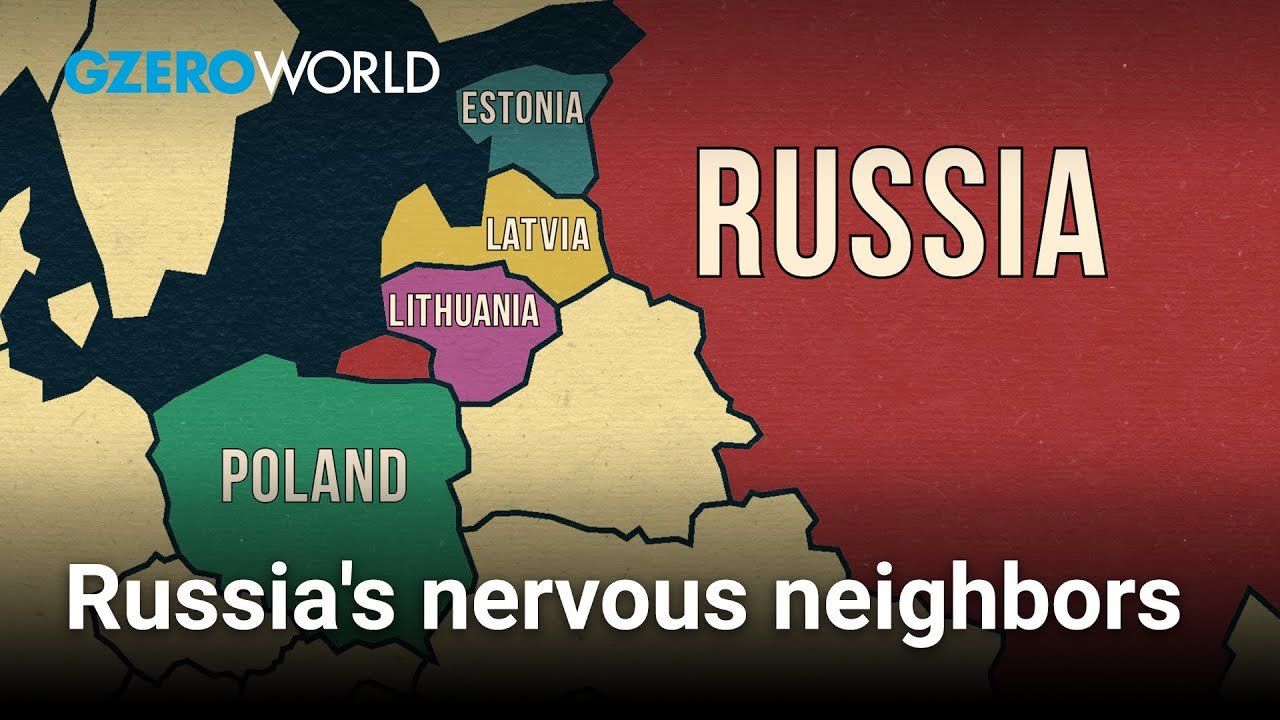GZERO World Clips
As Russia gains ground in Ukraine, Baltic states worry the war will spread west

As Russia gains ground in Ukraine, Baltic states worry the war will spread west | GZERO World

In recent weeks, Russia has captured territory in the east and southeast of Ukraine at its fastest pace since the early days of the invasion. A six-month delay in the US sending critical military aid to Kyiv allowed Russia a window of opportunity to make significant advances. Now, military experts fear the war could spread westward to the Baltic states, bringing the specter of war to NATO’s backyard.
On GZERO World, president of the Chicago Council on Global Affairs and former US Ambassador to NATO Ivo Daalder joins Ian Bremmer from Tallinn, Estonia, for an update on the mood right now in the Baltic region. Government officials in Estonia say they are worried because it’s clear that Russia, by extension, Vladimir Putin, has realized that their survival depends on a permanent mobilization of the country for war, which the Russian economy is now dependent on for growth. Should Ukraine fall or take serious losses, the war could move past the border and into the Baltics, which are members of NATO. As a former Soviet country, Estonia keenly understands what it’s like to be dominated by Moscow and what it would mean for other NATO allies if Ukraine fell.
“Estonia, Latvia, Lithuania, and Poland, countries on the front line are saying, the United States and Germany need to wake up,” Daalder explains, “This war that you don’t want to fight, it’s right here, right now being fought in Ukraine.”
Walmart’s $350 billion commitment to American manufacturing means two-thirds of the products we buy come straight from our backyard to yours. From New Jersey hot sauce to grills made in Tennessee, Walmart is stocking the shelves with products rooted in local communities. The impact? Over 750,000 American jobs - putting more people to work and keeping communities strong. Learn more here.